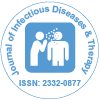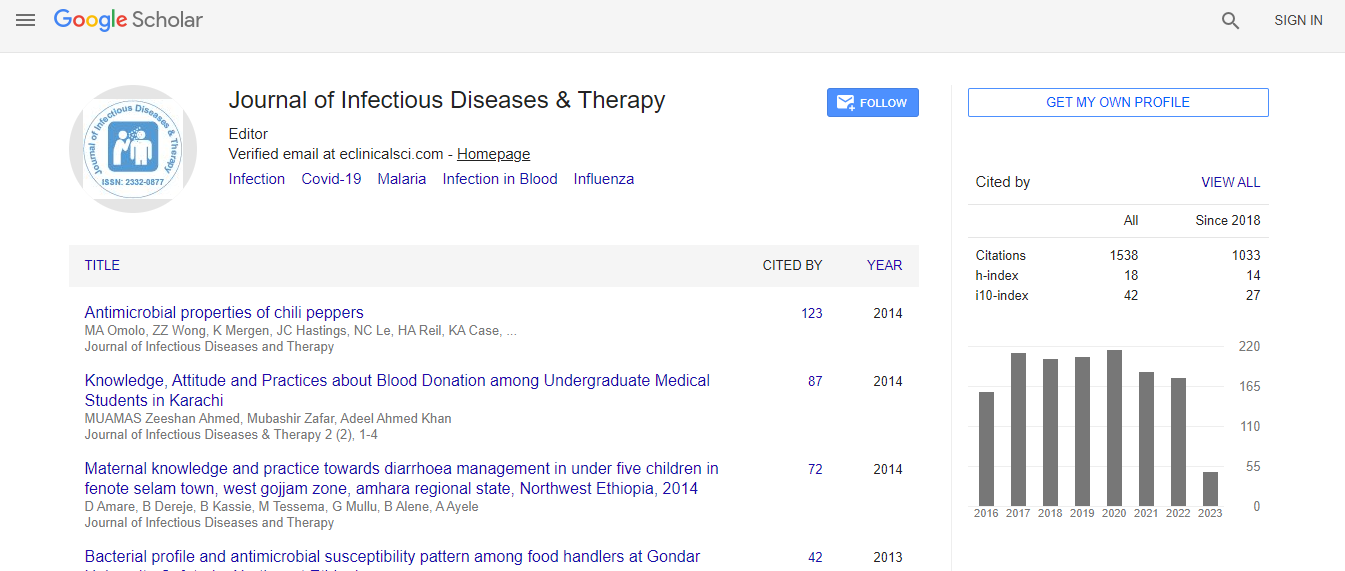Multimorbidity, Morbidities and Long COVID-Findings of the Sulcovid Longitudinal Study
*Corresponding Author:Received Date: Mar 29, 2024 / Published Date: Jan 20, 2025
Citation: Ventura LS, Vieira YP, Rocha JQS, Fehlberg LDSN, Goncalves CDS, et al. (2025) Multimorbidity, Morbidities and Long COVID-Findings of the Sulcovid Longitudinal Study. J Infect Dis Ther 13: 619.
Copyright: © 2025 Ventura LS, et al. This is an open-access article distributed under the terms of the Creative Commons Attribution License, which permits unrestricted use, distribution and reproduction in any medium, provided the original author and source are credited.
Abstract
Background: The aim of this study was to evaluate the association between long COVID, morbidities and multimorbidity in adults and older adults six to nine months after infection with the SARS-CoV-2 virus in Southern Brazil.
Methods: Baseline data were obtained from the longitudinal study, Sulcovid, conducted on individuals diagnosed with COVID-19 through RT-PCR testing from December 2020 to March 2021, who were symptomatic and living in a city in Southern Brazil. Long COVID was assessed based on the affirmative response to at least one of the 18 symptoms investigated and categorized as musculoskeletal, neurological, respiratory, sensory or digestive. Morbidities were assessed based on the presence of at least one of nine self-reported diseases. Data were analyzed using the Stata 15.0 statistical package. Crude and adjusted analyses were performed using Poisson regression to assess the relationships between morbidity, multimorbidity and long COVID.
Results: In total, 2,919 people were interviewed. The most prevalent morbidities were anxiety (26.3%), hypertension (25.3%) and depression (19.4%). In addition, 17.8% reported two previous morbidities and 22.6% had three or more comorbidities. Individuals with depression (PR=1.17 95% CI 1.05-1.30), anxiety (PR=1.33 95% CI 1.21-1.47), two or more morbidities (PR=1.22 95% CI 1.07-1.39) and three or more morbidities (PR=1.40; 95% CI 1.24-1.57) were more likely to have long COVID. A linear trend was observed, where individuals with two and three or more morbidities were 1.22 (95% CI 1.07-1.39) and 1.40 (95% CI 1.24-1.57) times more likely to develop long COVID than those with no or one morbidity.
Conclusion: The findings of this study reinforce that individuals with morbidities and multimorbidities prior to infection had greater vulnerability to long COVID.

